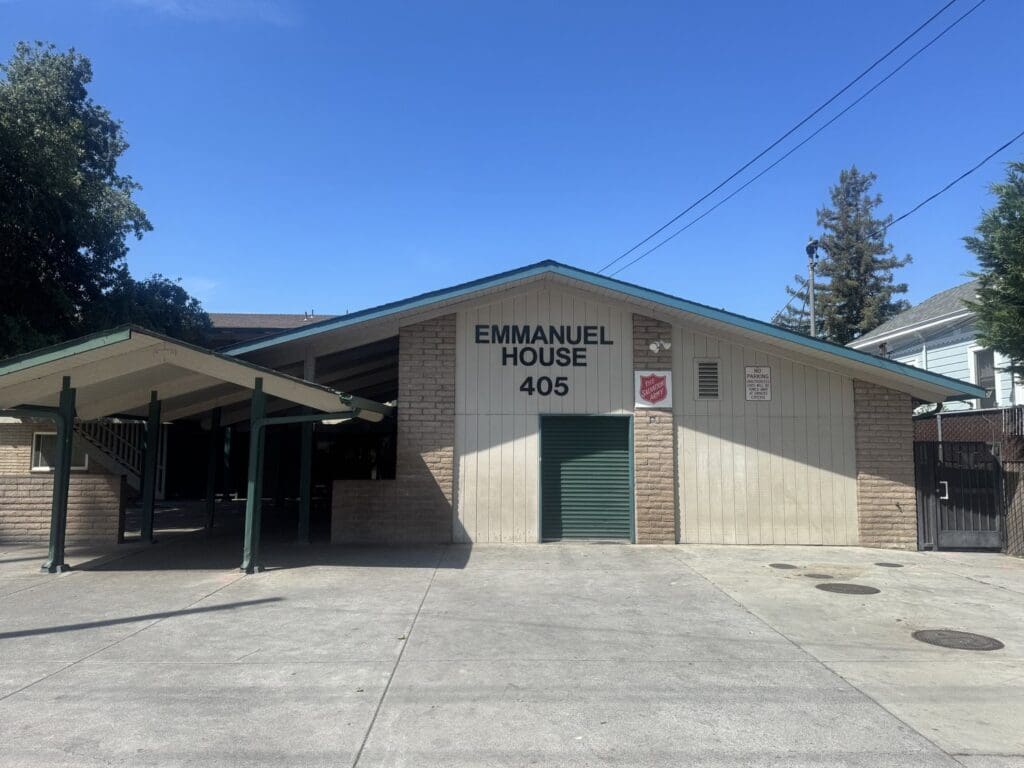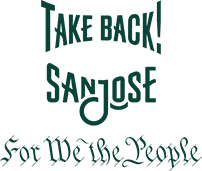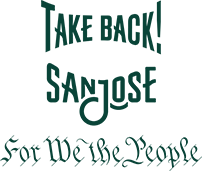
Image courtesy of Salvation Army Silicon Valley, used with permission.
Major Daniel Freeman in Silicon Valley discusses how drug-free environments promote security and recovery for homeless individuals, while saving (a lot of) money on operations. An Opp Now exclusive.
Opportunity Now: How do you make a sober homeless living environment work in San Jose?
Major Daniel Freeman: At the Salvation Army, people must come in not under the influence of alcohol or drugs. We don’t drug test people to stay overnight. We do drug test participants in our transitional program to hold them accountable.
If people come in for the overnight program clearly inebriated or using, and they can’t control themselves, we don’t just kick them out. Usually, we’ll give them something to eat and then start calling other shelters and figuring out how to transport them there. And if someone in our transitional program breaks sobriety, we find them another place to spend the night, get them in the next day, and ask, “Okay, what went wrong? Let’s see if we can fix this problem and get you on track again.” The road to recovery is a bumpy road. We want them to learn from their mistakes and get better the next time.
One benefit of operating a sober environment is that we don’t need all the security that a lot of other locations need. We have our two staff on-duty 24 hours/day, plus management, case managers, etc. Our residents tend to think a little more rationally than if they’d been under the influence.
ON: Do problems ever arise that require a larger security response?
MDF: Our staff can generally deescalate issues that come up; they’re great at that. And to my recollection, I can’t think of a single time when the police actually had to come inside of our building to take care of a problem. There have been, for instance, minor scuffles on the street or people struggling with suicidal ideation sitting on the railroad tracks, which the police and city intervention workers deescalated.
ON: We’re intrigued by the intersection of the Salvation Army campus and its San Jose neighbors. How, do you think, can shelters maintain a positive relationship with their surrounding community?
MDF: We’ve always been responsive to the community around us. When community members raise a concern, whatever it is, we go and address it. For instance, a few years ago, a lot of trash was ending up down the street that was from our provided meals. So we had staff pick up the trash, and we came up with solutions to reduce it moving forward.
Also, we have a “no-fly zone” around our campus. If a person’s intending on coming for programming, they can’t hang out within a couple blocks of our program. Then, when it’s time to check in, they can start walking the streets, driving up, or taking the bus to get to campus. If we do have people loitering outside the doors, we help them find another solution: going into our shelter, another shelter, etc.
ON: Indeed, when we visited campus last week, we were shocked at how empty it was between programming.
Moving on, some people argue that drug-permissive sheltering is more helpful for our homeless neighbors’ needs than sober environments. What’s your perspective?
MDF: There are a lot of homeless populations out there with a lot of different needs. You can’t bunch everyone together and say they all need the same thing. That’s why I’m all for a range of programs with varied methodologies.
The thing is, we fill the Emmanuel House every night; so, clearly, there are enough people wanting a sober living environment to fill up our building, and I don’t see that changing.
ON: What might be driving that interest?
MDF: It provides a sense of safety and stability that you just don’t see in programs where people are allowed to be under the influence. People are really looking for that. They get tired of having to look out for themselves on the streets; so them being able to say, “I’m here, and I feel safe tonight” is a major step forward in stabilizing.
Again, this isn’t the only solution out there. But it’s certainly one we see working here, for 60 years now. We’re always watching and evaluating what we do. Like, “Okay, this is an effective tool. Let’s keep doing this.” Or maybe there’s a methodology we’re using that isn’t working anymore, so we’ll drop it. And we just keep adjusting, refining to what people need.
ON: Which is quite the free market mindset, we might add. What’s one way you’ve had to adapt over the years?
MDF: Back in the ‘70s, many folks with substance abuse issues were middle-aged men who were addicted to alcohol. They had trades and skill sets. So they’d come in, get stabilized again, apply their trades (e.g., fix furniture), and be able to go back home. On the other hand, today, a lot of addictions start at 13 or 14 years old. These people haven’t learned any skill sets for living as adults. So you’re starting from scratch in a way.
To me, this speaks to the importance of youth programming, so that people never get to the place where they’re on the streets dealing with addictions. We’d like to further develop ours at the Salvation Army. When you think about it, the cost of youth programming doesn’t even compare to the costs involved with police, courts, jails, medical—everything that goes into working with someone who’s homeless. Isn’t it a much better deal just to invest in our youth?

